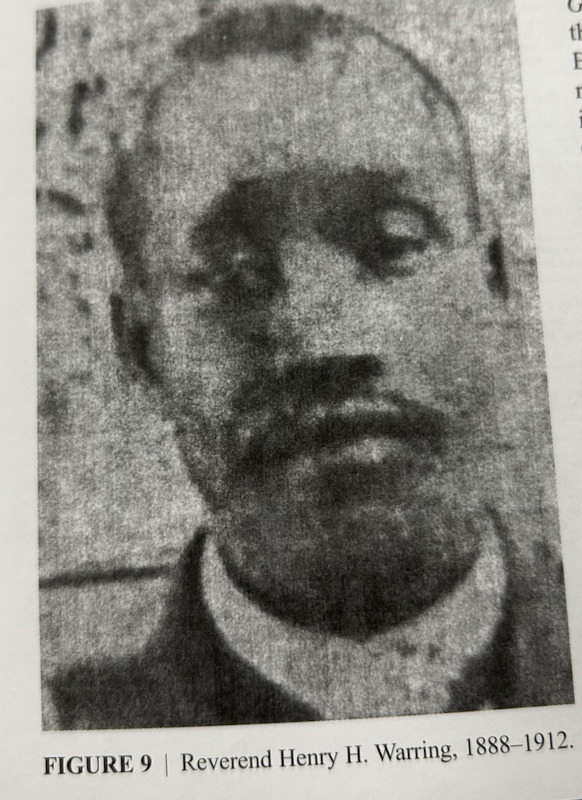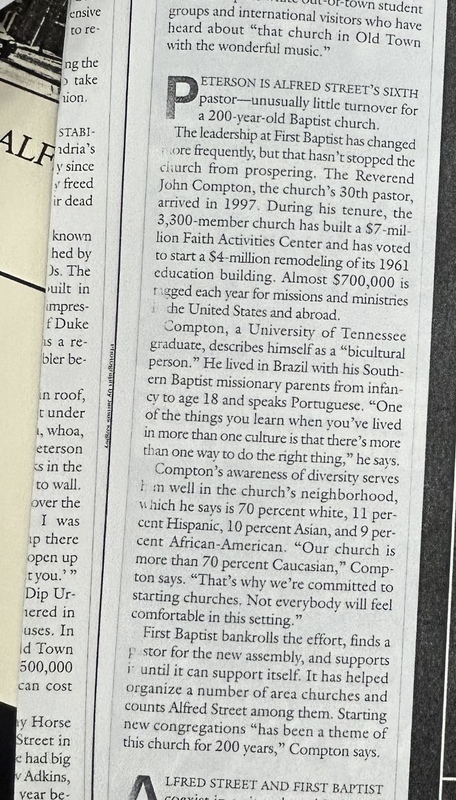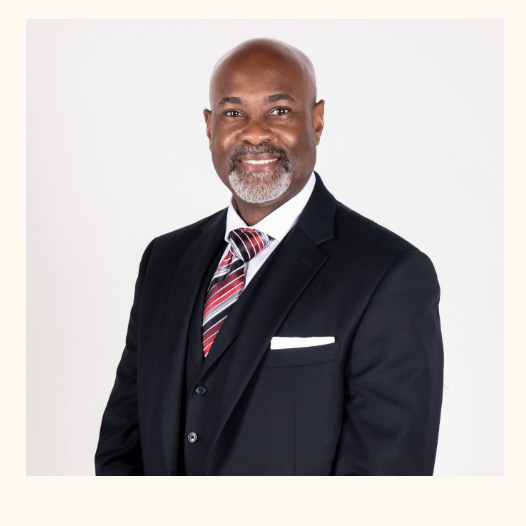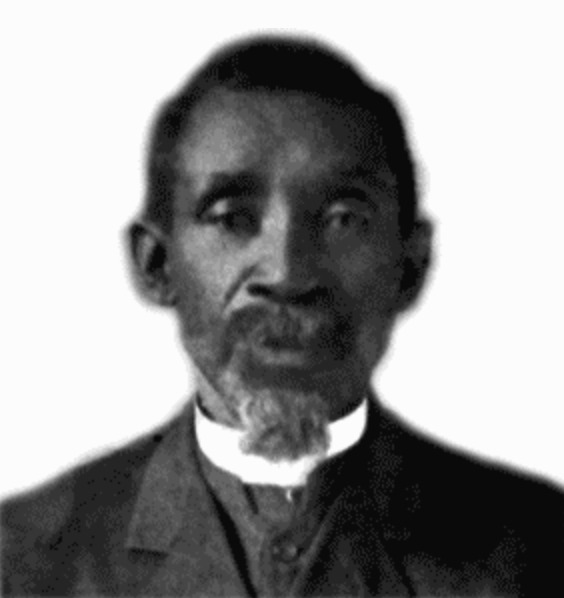Black Church Leadership
What role(s) does strong leadership play in sustaining the church community?
Historically Black churches were not allowed. Black people were not allowed to join in union of more than 2 people without a White person present. Then in the early 1800’s Black churches still began to form. A lot of these churches grew from the gathering of former enslaved individuals. However, individuals that were still enslaved did not get the ability to commune and join in worship. Many of the Black churches were Baptist and Methodist churches. In 1866 Independent: Black Church Conventions began. (Turner, 2020) Black leaders in the church were also Black political leaders. Also, Black leadership has been integral to not only the general community but also in the church community. Black leadership has continued to Build the Black church especially within Northern Virginia.
To understand the role of strong leaderships, play in sustaining the Black church community one needs to understand “What is strong leadership?” Strong leadership can be seen as being able to take your skill set and utilize it to aid those around you and be able to find ways to help those around you even if your skills won’t necessarily help them. Strong leaders can also be seen as individuals who are able to lead and not just order those around. They can effectively communicate and make decisions that are difficult while still motivating those around them. While make decisions also being able to recognize the needs of your community. Strong leaders can and are able to cultivate sustainable environment in which others around them are using their skills to help a common goal. Strong leadership plays a very important part in sustaining the church community. They need to be able to give and show respect as well as the ones that they are leading. If the community doesn’t have trust or respect for the leader, it will be detrimental to the church community. Another attribute I find important is the ability to adapt to change. For example, the transition with churches with covid. You must be able to lead people not only for safety reason, but still be able to provide what they are coming to church for. Thus, to answer how this question aids the understanding of the salience of Black churches in the Northern Virginia area I look at 5 of the 19 churches I gathered research on to do so.
The five churches that help to showcase the importance of leadership to sustain the Black church community are Alfred St. Baptist Church of Alexandria, Shiloh Baptist Church of Alexandria, Mount Olive Baptist Church of Arlington, Oak Grove Baptist Church of Loudoun County, and New Mount Zoar Baptist Church of Fairfax County. These churches embody what it means to cultivate great leaders. Within these churches the pastoral leadership helps to lead the Church community. Also, each of the church boards are cultivated of members that have strategic duties to help with the upkeep and running of the church. These same church boards have not only helped the churches but help to sustain the community. From the establishment of church houses to purchasing land. Church leadership helps to grow the church community. Through the churches I picked to look at each one has had leaders that have been powerful in maintaining the Black church community within the Northern Virginia Area. Although since their inception some of these churches have had several leaders, each leader has in some way or other helped to maintain the church. For example, the Reverend Samuel K. Taylor one of the original pastors of Bethlehem Baptist Church helped to establish and create the original edifice of the church. (Bethlehem Baptist Church) Other ways we can see Black Church Leaders being integral in establishing the Black Church Community is the establishment of Oak Grove Baptist Church in Loudoun County. (Oak Grove Baptist Church) This church was established due to the Leadership of Zion Baptist Church in Alexandria VA. The reverend of Zion Baptist Church came to help the only Baptist church at the time to be established with the support of Mrs. Ellen Thompson.
The Leadership established by Black Churches have allowed for the community around them to continually return and support them. This support could come in the form of joining the church for service, outreach, or monetarily. The leaders within these Northern Virginia Churches have helped to motivate the church community. The roles of the leaders in these Black Churches is to continually motivate, and cultivate their church communities. Their role is also to help create alternatives to adapt in times of need. We can see this adaptation within Black churches in more recent years with the lockdowns that kept people from congregating in church. These churches adapted and began utilizing online platforms like live streams and zooms to hold services, meetings, and more. Although I only discussed 5 of the churches researched there are other churches that have been able to show how good leaders are important to maintain the Black church community.
The images below showcase a slew of Black leaders past and Present for Black Churches in Northern Virginia that have been integral in the maintenance of the Black church community in the area. These leaders led their churches through hard and tough times to be able to still be standing as well as be able still have a good Black church community. Black church leadership redresses the current archive forcing use to reckon with the current narrative surrounding Black Churches. Fuentes understanding of what it means to redress the archive add to my understanding of why Black church leaders will always be important and that Black church are important. Also, that these churches within Northern Virginia have cultivated space for their community because of the good head their leaders have had. A lot churches have had to close their doors but understanding Black leadership and their roles has made it possible to understand why these 19 churches are still standing. Also understanding Black Leadership and its roles means to understand why the Black churches in the Northern Virginia area are still here.



